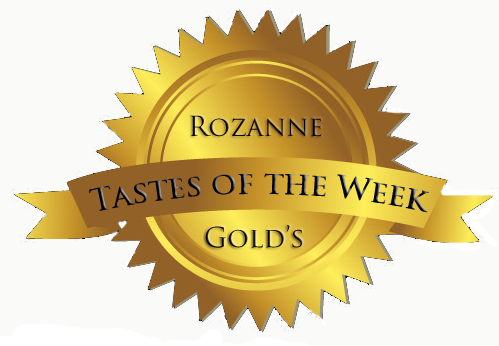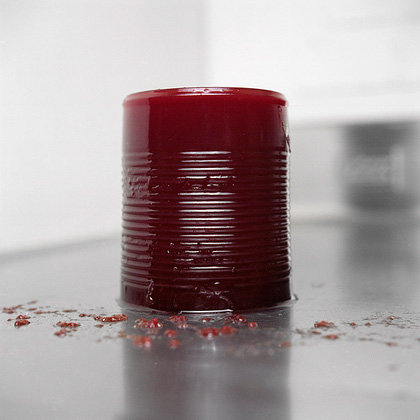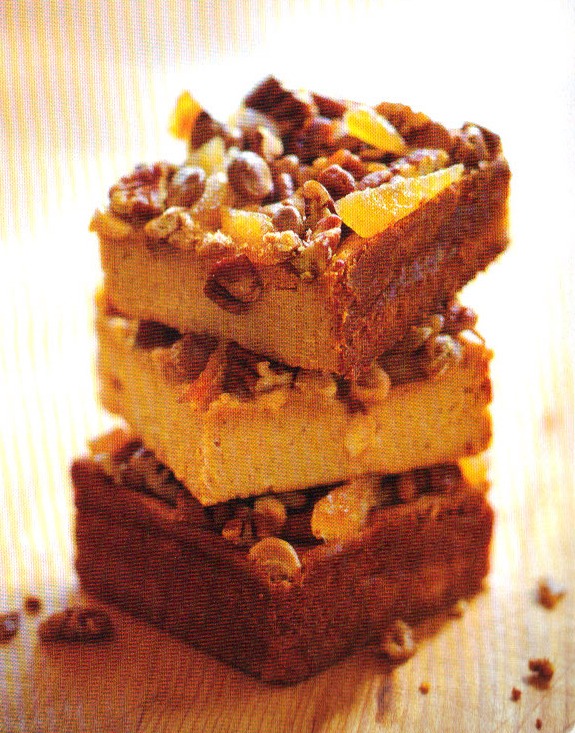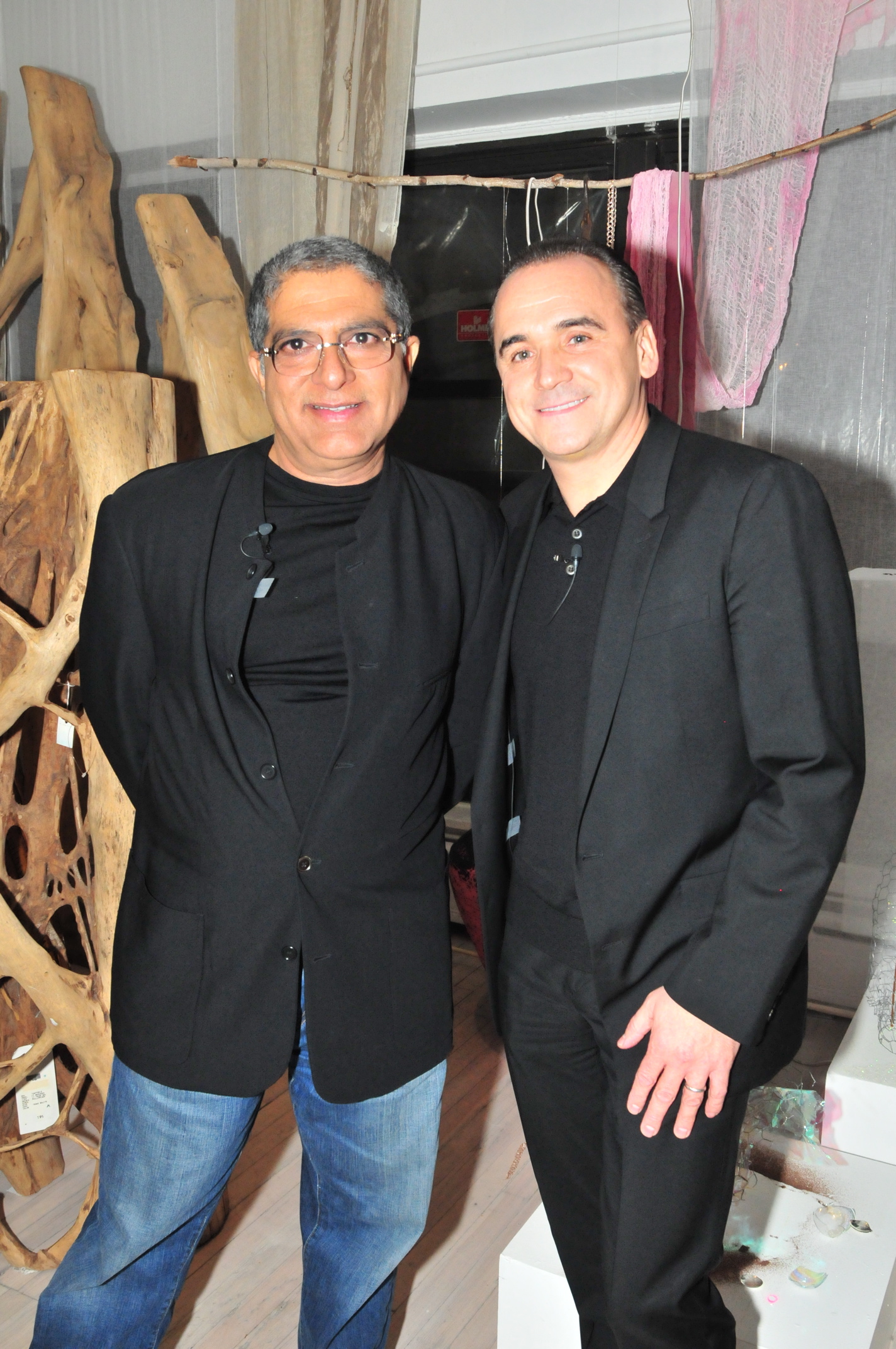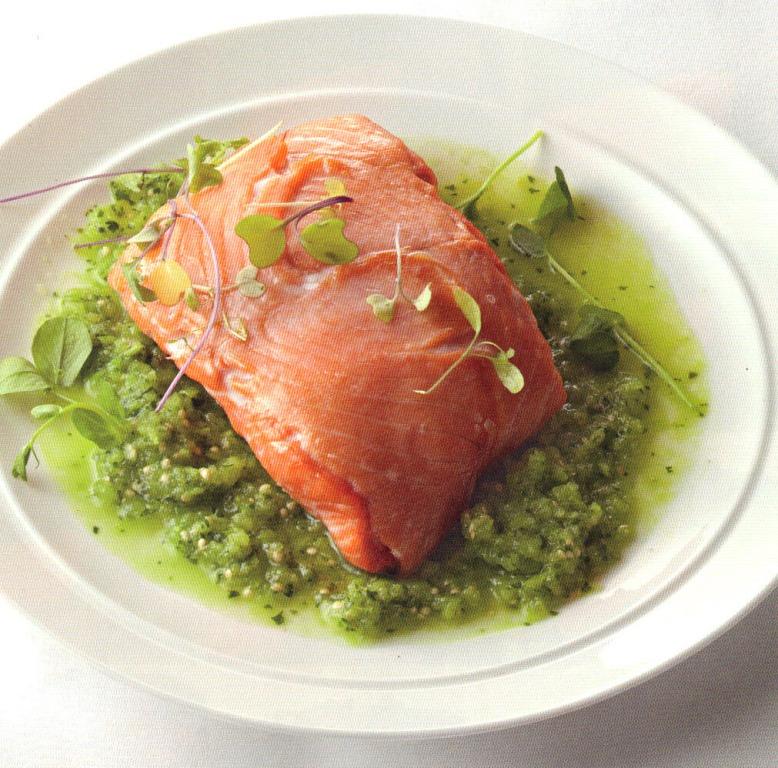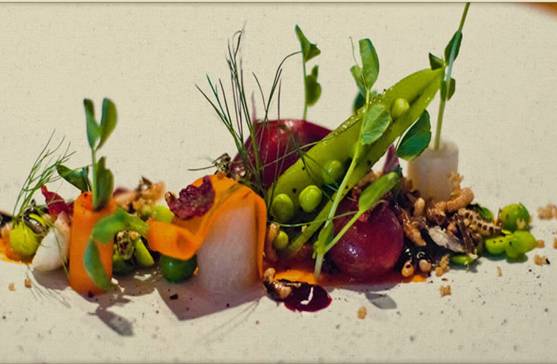 'Tis the season to give and receive...and if you're lucky, this year's best cookbooks will be part of the exchange. I recently was given a gift of Ellie Krieger's new book "Comfort Food Fix" and later that week bought for myself Melissa Clark's "Cook This Now." There was something strikingly sympatico about both books -- each meant for a unique audience -- and I was eager to find the treasures within. Both titles are "calls to action," compelling the home cook to get into the kitchen immediately and do something! Their subtitles tell the rest of the story. Ms. Krieger's book is filled with "Feel-Good Favorites Made Healthy," while Ms. Clark offers "120 Easy and Delectable Dishes You Can't Wait to Make."
As the author of twelve cookbooks, I know the vicissitudes of creating original dishes that satisfy home cooks' deepest wishes: Recipes that balance a sense of ease in both the time they take to prepare and the "stress factor" in making them. If the recipes "feel healthy," so much the better -- especially for weekday or family cooking. Add to that an interesting new ingredient, technique or combination of flavors, and you've got a book full of enticing new dishes to try.
'Tis the season to give and receive...and if you're lucky, this year's best cookbooks will be part of the exchange. I recently was given a gift of Ellie Krieger's new book "Comfort Food Fix" and later that week bought for myself Melissa Clark's "Cook This Now." There was something strikingly sympatico about both books -- each meant for a unique audience -- and I was eager to find the treasures within. Both titles are "calls to action," compelling the home cook to get into the kitchen immediately and do something! Their subtitles tell the rest of the story. Ms. Krieger's book is filled with "Feel-Good Favorites Made Healthy," while Ms. Clark offers "120 Easy and Delectable Dishes You Can't Wait to Make."
As the author of twelve cookbooks, I know the vicissitudes of creating original dishes that satisfy home cooks' deepest wishes: Recipes that balance a sense of ease in both the time they take to prepare and the "stress factor" in making them. If the recipes "feel healthy," so much the better -- especially for weekday or family cooking. Add to that an interesting new ingredient, technique or combination of flavors, and you've got a book full of enticing new dishes to try.
While the food world is small and many of us know each other, I am only an acquaintance of the authors, meeting up for an occasional chat at a cookbook launch, a chance meeting in the farmer's market, or once an encounter at a very short lunch. But I have been a fan of both authors for years. Ellie is host of one of TV's more credible food shows --Healthy Appetite, shown weekday mornings on the Cooking Channel, and the author of "The Food You Crave" and "So Easy." Melissa is the triumphant food writer for The New York Times' column "A Good Appetite" and the author of 32 cookbooks.
I asked both authors which five recipes in their books were personal favorites. An unfair question, I know! Ellie selected her Blueberry Muffins, French Onion Soup, Shrimp and Grits, Scalloped Potatoes au Gratin, and Mini Cheesecakes, while Melissa highlighted her Roasted Cauliflower with Pomegranate and Salted Yogurt, Roast Chicken with Chickpeas, Lemons & Gremolata, Vietnamese-Style Steak with Cabbage. Pistachio Shortbread, and Maple Pecan Pie with Star Anise. Unknowingly they created little menus for you and me. Ellie's approach might seem the more familiar and homey to Melissa's more adventurous riffs -- the very embodiment of interesting ingredients and new flavor combos.
Each author has successfully carved out a special niche in the crowded marketplace of cooking and cookbooks. As a registered dietician with a master's degree in nutrition from Columbia University, Ellie brings formidable knowledge and expertise to her craft. Her goal in Comfort Food Fix was to re-formulate pleasurable recipes -- banana-walnut pancakes, oven-fried chicken, lasagna, mashed potatoes and pumpkin pie -- so that you could include them in a healthier regime. Particularly useful, and insightful into her methodology, is her list of "The 15 Fix Factors" -- including ideas such as using low-fat milk thickened with a bit of flour or cornstarch to create a creamy mouthfeel; the concept of the "un-fry" -- achieving crispiness in a low-fat way; adding whole grains, cooking to keep nutrients, trimming portions, and sweetening smartly. I especially like the notion of keeping it real, and using a bit of butter to enrich foods. According to Ms. Krieger, only 1 tablespoon of sweet butter is needed to add supernal creaminess to her recipe for mashed potatoes. Another wave of her magic wand? A Mushroom, Onion & Gruyere Quiche with Oat Crust was 530 calories before her "fix" and only 290 calories afterward. It also looks delicious.
Melissa, on the other hand, in Cook This Now brings one of my favorite Japanese proverbs to life: "If you can capture the season on the plate, then you are the master." Her recipes feature organic, fresh ingredients that can be uniquely obtained during each month of the year and has us thinking about the procurement of ingredients and cooking as though there were 12 seasons in a year. I love that notion. December brings us Beet & Cabbage Borscht with Dill, Golden Parsnip Latkes, Braised Leg of Lamb with Garlicky Root Vegetable Puree, and lovely sounding Red Chard with Pine Nuts, Garlic, and Golden Rum Raisins. Know what, Melissa? I am going to "Cook This Now!" Melissa's cooking style, as well as her writing style, is personal, knowing, and seasoned liberally with brilliance.
So there you have it. Two new books to curl up in bed with. Happy Holidays.
Melissa Clark's Pistachio Shortbread (from "Cook This Now") According to Melissa, if she had a signature dish, it would be shortbread.
2 cups all-purpose flour 3/4 cup confectioners' sugar 1/2 cup shelled pistachios 3/4 teaspoon kosher salt 1 cup chilled unsalted butter, cut into 1/2-inch cubes 2 teaspoons orange blossom water
Preheat the oven to 325 degrees. Combine the flour, confectioners' sugar, pistachios, and salt in a food processor. Pulse until the nuts are coarsely to finely chopped. Pulse in the butter and orange blossom water until a moist ball forms. Press the dough evenly into an 8-inch-square baking pan. Prick the shortbread all over with a fork. Bake the shortbread until barely golden, 45 to 50 minutes. Slice the shortbread while warm.
